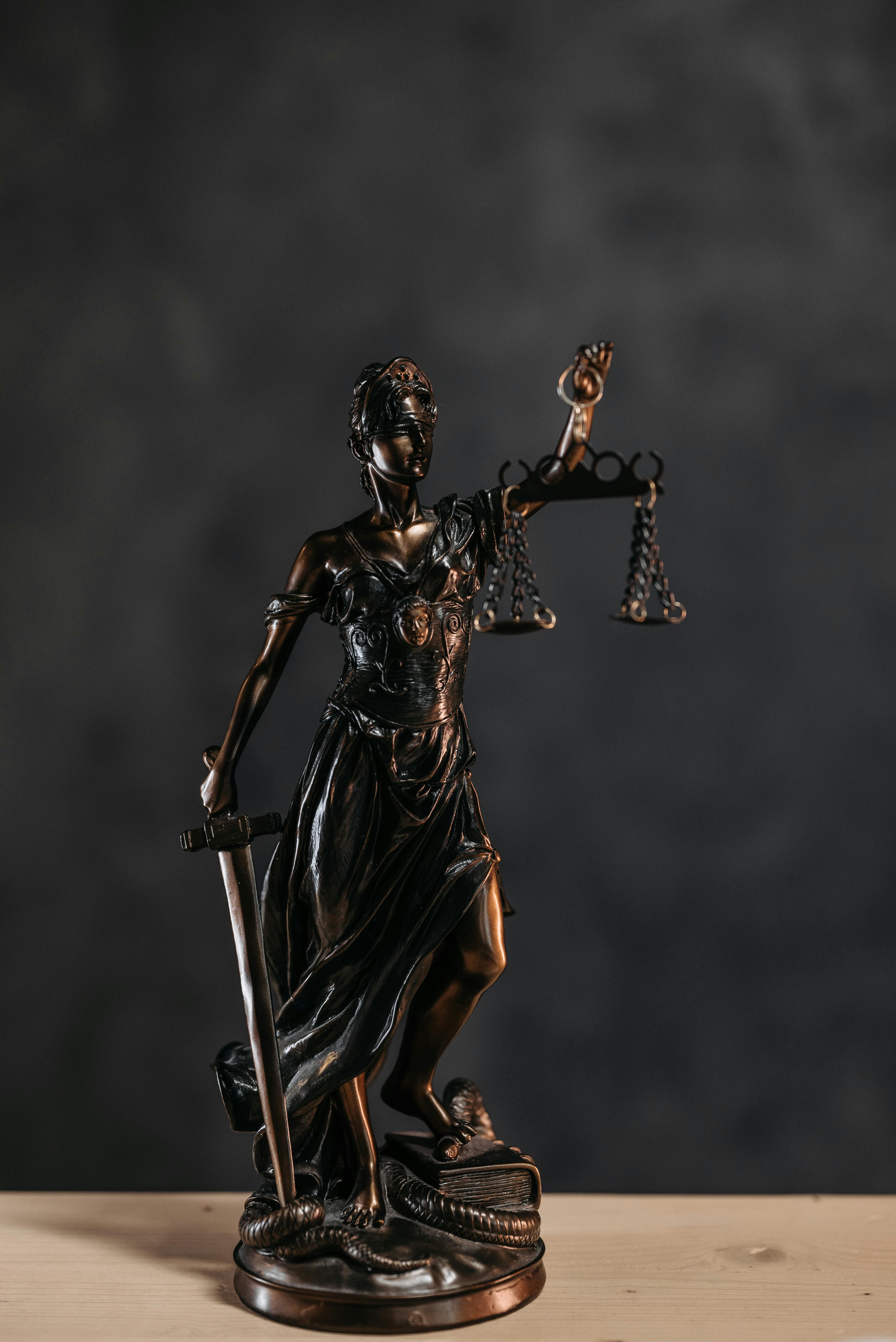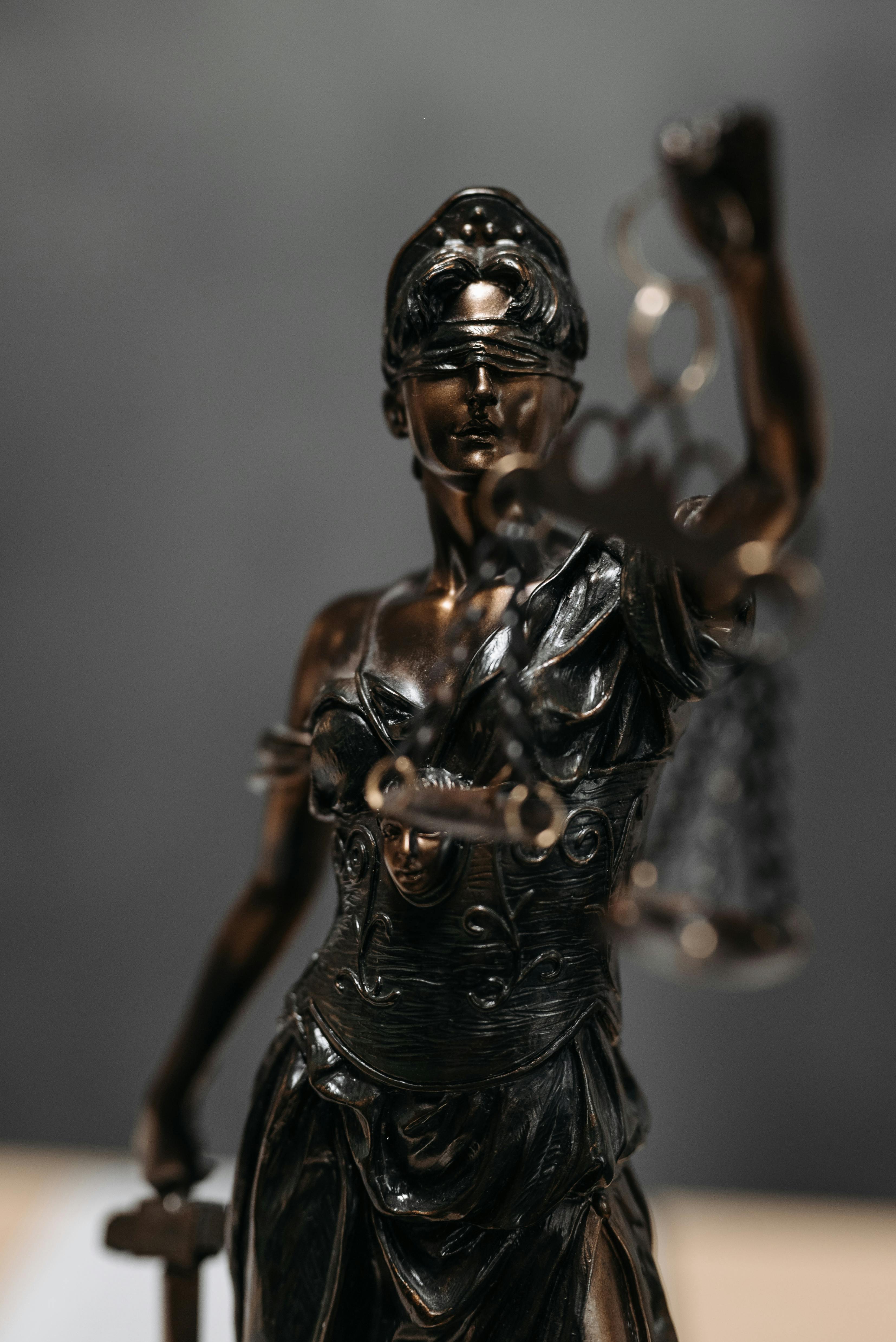AI in Criminal Defense: How Smart Evidence Is Transforming U.S. Courtrooms (2025 Guide)

Picture this: a criminal trial where the key witness is not a person — but a machine. In 2025, U.S. courtrooms are embracing artificial intelligence as a silent expert, capable of analyzing millions of data points faster than any human investigator ever could.
From digital forensics and facial recognition audits to AI-generated evidence models, the landscape of criminal defense is undergoing its most dramatic transformation since the DNA revolution of the 1990s. Lawyers, judges, and juries now rely on algorithms that can recreate crimes, detect bias, and even predict false confessions.
The Rise of Artificial Intelligence in Criminal Justice
Artificial intelligence entered the U.S. legal system quietly — first as a tool to manage caseloads, then as a way to detect inconsistencies in police reports. By 2025, AI has become an indispensable ally for defense attorneys and prosecutors alike. What once required months of human labor is now done in hours through automated evidence mapping.
AI Tools Used in Criminal Defense
- 🔹 Predictive Analytics Engines: Analyze patterns in police behavior, arrest data, and court rulings.
- 🔹 Digital Forensic Algorithms: Extract deleted files, messages, and geolocation data from devices.
- 🔹 AI Transcript Review: Detect bias or manipulation in witness testimonies and interrogation recordings.
- 🔹 Facial Recognition Verification: Challenge or confirm suspect identification using unbiased AI models.
- 🔹 Video Reconstruction: Rebuild surveillance footage frame-by-frame for hidden details.

Why Defense Lawyers Embrace AI
In a justice system often criticized for inequality and human error, AI offers something revolutionary: consistency and transparency. It doesn’t forget, doesn’t fatigue, and doesn’t favor one side — at least when programmed ethically.
According to a 2025 report by the American Bar Association, over 60% of large U.S. law firms now use AI-based litigation tools. For defense lawyers, this technology can mean the difference between conviction and exoneration.
Case Study: The Algorithm That Cleared an Innocent Man
In early 2024, a man named Marcus Lee was arrested in Dallas after facial recognition software matched him to a convenience store robbery. The footage was grainy, but prosecutors built their case around it.
Marcus maintained his innocence. His attorney used a second AI — one designed by an independent lab that audited machine vision algorithms for racial bias. The system revealed that the original police software had a 22% false match rate among African American males. After recalibration and re-analysis, the AI proved Marcus couldn’t have been at the scene.

The court dismissed the charges. The case became a landmark example of AI versus AI — where one algorithm falsely accused, and another delivered justice. It also triggered new rules requiring every digital identification system used in U.S. law enforcement to undergo annual bias testing.
How AI Analyzes Evidence Better Than Humans
The average homicide case in the U.S. generates more than 30 terabytes of digital evidence — bodycam footage, text messages, social media logs, surveillance feeds, and police reports. Before AI, this mountain of data could take human teams months to review. In 2025, it takes less than a week.
AI-Powered Evidence Analysis
Modern defense firms now rely on tools like Veritone Legal Discovery and OpenEvidence AI, which automatically classify, tag, and cross-reference all digital material. The AI can detect subtle inconsistencies — such as time gaps in footage or language patterns suggesting coercion.
- 🔹 Voice Stress Analysis: Detects tension or fear in interrogation recordings.
- 🔹 Timeline Reconstruction: Syncs GPS data, phone activity, and video timestamps.
- 🔹 Semantic Search: Finds relevant phrases like “I didn’t mean to” or “they made me say it.”
- 🔹 Metadata Tracking: Reveals tampering or missing evidence files.
These features help defense teams uncover what humans miss — not because investigators are careless, but because human perception has limits. AI, however, never blinks and never forgets.

AI vs. False Confessions: Protecting the Innocent
One of the most tragic flaws in the U.S. justice system has always been the false confession — when innocent suspects admit to crimes under pressure, fear, or psychological exhaustion. Between 1990 and 2020, nearly 28% of all wrongful convictions overturned by DNA evidence involved coerced confessions. AI is now changing that.
How AI Detects Coercion
- 🔸 Voice Pattern Recognition: Algorithms identify tone changes consistent with fear or compliance.
- 🔸 Emotional Mapping: Sentiment analysis measures distress levels in recorded statements.
- 🔸 Temporal Cues: Detects long interrogation sessions that exceed legal time limits.
- 🔸 Keyword Tracking: Flags manipulative phrases like “you have no choice” or “just admit it.”
Defense attorneys can now use these findings to challenge the validity of confessions, arguing that they were obtained under duress — not free will. Judges increasingly allow such AI analyses as supporting evidence under the Frye Standard for scientific reliability.

Case Example: The New York Voiceprint Defense
In late 2024, a 19-year-old named Jamal Ortiz from New York was accused of armed robbery. Police claimed he confessed after an eight-hour interrogation. But when the defense introduced a forensic voiceprint analysis, the AI revealed subtle tremors and “compliance markers” in his tone consistent with exhaustion and fear.
The software’s probability model showed a 92% likelihood that his statement was made under coercion. Combined with missing timestamp data, the judge ruled the confession inadmissible. Two months later, real surveillance footage emerged showing another suspect entirely.
Jamal was exonerated — and the case made national headlines as “the trial where AI defended a human better than any lawyer could.”

Predictive Policing: The Double-Edged Sword of AI Crime Forecasting
Imagine a world where crimes are predicted before they happen — where police patrols are guided by algorithms, not instinct. That’s not science fiction anymore. In 2025, predictive policing systems are deployed in more than 200 U.S. cities, designed to forecast crime patterns and prevent violence. But their use has created new battlegrounds in criminal defense.
These systems analyze data from arrests, 911 calls, and social media activity to identify “high-risk” areas or individuals. Defense lawyers argue that such predictions can reinforce bias rather than reduce it.
How Predictive Policing Works
- 🔹 Data Input: Crime history, demographics, and geographic trends.
- 🔹 Algorithmic Modeling: Machine learning predicts where or when a crime might occur.
- 🔹 Law Enforcement Output: Police allocate resources based on predictions.
Critics warn that biased data — often shaped by decades of unequal policing — leads AI to over-police minority neighborhoods. Defense attorneys now challenge these algorithms in court, arguing they violate the Fourteenth Amendment right to equal protection.

Several state courts, including California’s, have begun requiring full disclosure of predictive model design and datasets during trials — a step toward algorithmic accountability. For defense attorneys, this transparency is crucial to protecting civil rights in an era of data-driven justice.
Algorithmic Bias: When AI Learns the Wrong Lessons
The promise of artificial intelligence in criminal defense is fairness — a system free from human prejudice. But what happens when the machine itself learns bias? In 2025, defense lawyers have turned AI bias into their most powerful argument.
The Problem of Historical Data
AI systems trained on decades of arrest records inherit their patterns. If past policing disproportionately targeted certain communities, the algorithm “learns” that pattern as normal. In effect, the machine can replicate systemic inequality at scale.
Defense Strategy: AI Bias Audits
To counter this, law firms now commission independent AI bias audits — forensic reviews of algorithmic code and datasets. These audits test whether the model unfairly flags suspects or inflates risk scores. Courts increasingly allow this evidence to be presented under the rules of scientific examination.

Case Study: Los Angeles 2025 – The Algorithm on Trial
In Los Angeles, a defendant named Ernesto Delgado faced drug trafficking charges after being repeatedly flagged by a predictive system used by the LAPD. The defense argued that the AI unfairly targeted Hispanic men in specific zip codes.
An independent audit revealed that 78% of the model’s “high-risk” alerts came from neighborhoods with higher Latino populations — even though crime rates there had declined 12% that year. When the defense presented this data, the judge ruled the AI evidence inadmissible. Without it, prosecutors withdrew the case.
The decision was hailed as a victory for digital justice, marking the first time an algorithm itself was effectively cross-examined in a U.S. courtroom.

As one defense lawyer told Forbes Legal Review, “In the 20th century, we cross-examined witnesses. In the 21st, we cross-examine algorithms.”
Landmark AI-Related Criminal Defense Cases in the U.S.
Artificial intelligence has already rewritten courtroom history. What started as an experimental tool in tech hubs like California and New York has now become central to national debates about fairness, privacy, and due process.
1. State v. Loomis (Precedent for Algorithmic Sentencing)
The 2016 State v. Loomis case laid the groundwork for AI accountability. The defendant challenged the use of a risk-assessment algorithm that recommended a harsher sentence based on his “likelihood to reoffend.” Though the Supreme Court of Wisconsin upheld the algorithm’s use, it also demanded that such systems remain transparent and explainable — a principle that guides AI litigation to this day.
2. U.S. v. Ellis (2023)
In 2023, an AI voice recognition system misidentified a suspect in Atlanta. The defense demonstrated that the model had been trained on limited regional accents, leading to racial and linguistic bias. The court ruled the evidence inadmissible, and the Department of Justice later mandated regional diversity in AI training datasets.
3. People v. Novak (2025)
One of the first cases to feature “AI testimony,” the prosecution used a machine-learning system to analyze ballistic data. The defense, in turn, cross-examined the algorithm’s logic, revealing a data labeling error. The jury sided with the defense, establishing that even digital evidence must meet the same standards of scrutiny as human witnesses.

These cases mark a turning point: the courtroom is no longer a place of pure human judgment — it’s now a hybrid arena where human reasoning meets algorithmic logic.
The Future of AI in Criminal Defense (2026–2030 Outlook)
Over the next five years, artificial intelligence will evolve from a support tool to a central figure in criminal justice. The question will shift from “Should AI be used?” to “How do we ensure it serves justice and not efficiency alone?”
Emerging Trends in Smart Justice
- 🔹 Explainable AI (XAI): Algorithms must show how they reach decisions to be admissible in court.
- 🔹 AI Witness Rights: New legal frameworks may treat AI models as expert witnesses under oath.
- 🔹 Blockchain Case Management: Immutable ledgers for chain-of-custody data to eliminate tampering.
- 🔹 Neural Evidence Mapping: AI tools reconstruct entire events from fragmented digital traces.
- 🔹 Global AI Ethics Boards: International oversight for algorithmic fairness and cross-border data use.

The transformation won’t be easy. Balancing privacy, accountability, and innovation will define the next generation of criminal defense. But as one federal judge put it, “We’re not replacing justice with machines — we’re equipping humans to see the truth faster and clearer than ever before.”
Conclusion: The Age of Smart Justice
In the old courtroom, truth was limited by time, memory, and human perception. In 2025 and beyond, truth has data — and data has a voice. AI doesn’t feel emotion or bias, but it reflects the values of those who build it. That means the true challenge isn’t teaching machines to be just — it’s ensuring that humans remain just while using them.
The rise of AI in criminal defense is not about replacing lawyers or judges. It’s about redefining fairness in an age of information. When evidence speaks through algorithms, the future of justice depends on one thing: our ability to understand the code behind the verdict.

Call to Action
If you or someone you know faces criminal charges involving digital evidence, seek an attorney experienced in AI-based criminal defense. Modern justice demands not only legal skill — but also technological insight.
